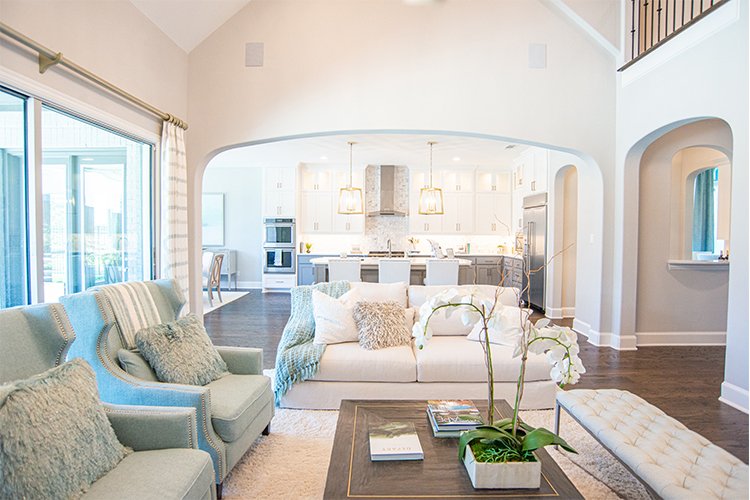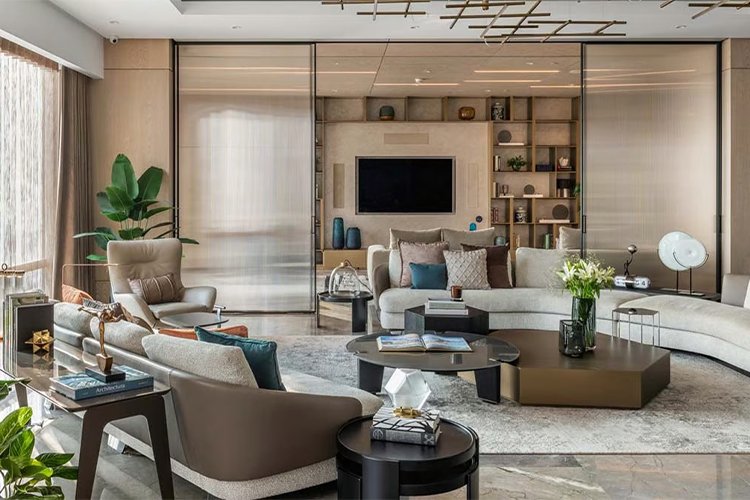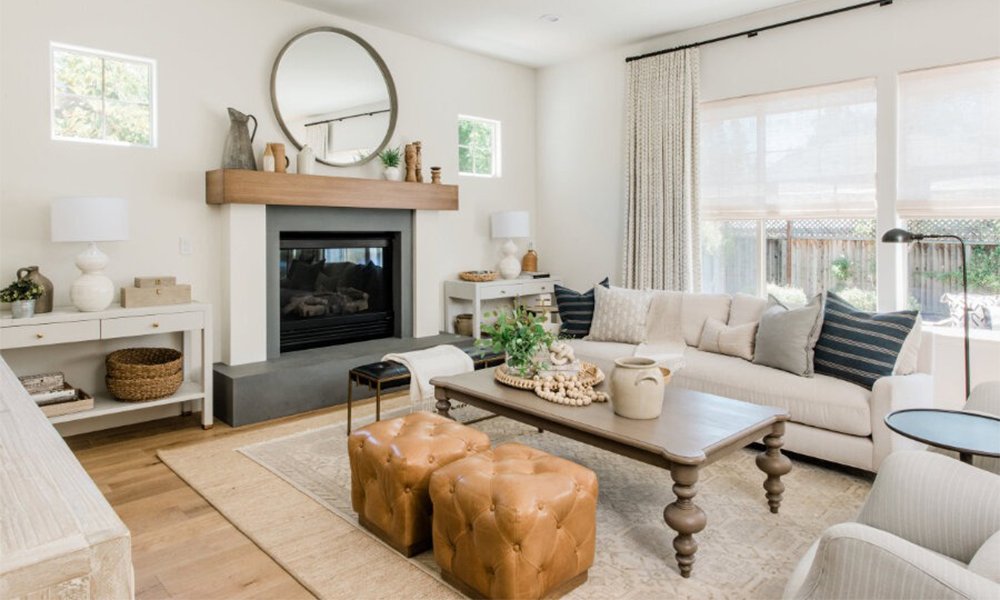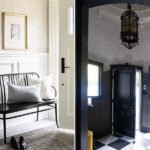To design your home like an interior designer, you don’t need a degree or a big budget. With a little creativity and some simple design principles, you can transform your space into a beautiful, functional, and personal oasis. Whether you’re looking to refresh a single room or redesign your entire home, a few key design tips will help you achieve the designer look you want.
In this guide, we’ll explore easy ways to design your home like an interior designer. Let’s get started!
1. Start with a clear vision
Before you dive into decorating, it’s important to have a clear vision for your space. Ask yourself how you want the room to feel and what purpose it will serve. Do you want a cozy, relaxed atmosphere in the living room? Or maybe a sleek and sophisticated look for your dining area? Think about the atmosphere you want to create and the emotions you want to evoke when you enter the room.
Create a mood board or save pictures of rooms that inspire you. This will give you a visual guide to follow when choosing furniture, paint colors, and accessories. Pinterest and design magazines are great resources for gathering ideas and finding the style that suits you.

2. Choose a cohesive color palette
One of the most important aspects of interior design is color. A cohesive color palette ties the entire space together and helps create a harmonious feel. When choosing colors for your home, start with a base color and then spread complementary tones throughout the room.
For example, if you choose a neutral base color like beige or light gray, you can add accent colors like navy blue, mustard yellow, or forest green. Mixing different shades of the same color can add depth and dimension to your space.
Remember, less is often more. Stick to 2-3 main colors and 1-2 accent colors to avoid overwhelming the room with too many competing tones.
3. Invest in quality furniture
Great furniture doesn’t necessarily mean expensive furniture. Look for pieces that are well-made, durable, and fit the style of your space. A few key statement pieces – like a comfortable sofa or stylish dining table – can elevate the entire room.
When choosing furniture, focus on pieces that are both functional and stylish. An ottoman that doubles as extra seating or a coffee table with storage, for example, will improve the functionality of the room without sacrificing style.
Also, make sure your furniture is the right size for the space. Oversized furniture can make a small room feel cramped, while tiny furniture can look lost and disjointed in a large room.
4. Mix expensive and inexpensive pieces
To get the designer look without breaking the bank, mix high-quality and budget-friendly pieces. For example, invest in a high-quality sofa or bed frame and pair it with more affordable accessories like lamps, pillows, and rugs. This balance helps create a curated, thoughtful look without spending too much.
You can also look at discount stores, thrift stores, or online marketplaces for unique items that can add personality to your space. Vintage finds, in particular, can add character and a touch of history to a room.

5. Play with textures and layering
Interior designers often use textures to add depth and interest to a space. Mixing different textures can make the space feel more inviting and dynamic. Think about combining soft fabrics, hard surfaces and natural materials to create a balanced and interesting look.
For example, pair a velvet sofa with a linen throw, shaggy rug and wooden coffee tables. The contrast between smooth and rough textures creates a cozy, layered effect. Add metals, like a brass lamp or chrome chair, to bring in a touch of glamour.
Don’t forget to layer different elements in the room. Layering isn’t just for textiles—it can also apply to artwork, rugs, lighting and furniture. For example, you can layer two rugs on top of each other for a more dynamic look, or hang a collection of smaller artworks together to create an eye-catching gallery wall.
6. Create a focal point
Every well-designed room has a focal point—a central element that draws the eye and sets the tone for the space. This could be a striking piece of furniture, a large piece of art, or even an accent wall. Creating a focal point helps to add structure and a sense of balance to the space.
For example, in a living room, the focal point could be a fireplace or a large, eye-catching piece of art. In a bedroom, it could be the bed with a beautifully designed headboard. Once you’ve chosen your focal point, arrange other furniture pieces and accessories around it to complement and enhance it.
7. Add personal touches
The best interior designs feel personal and reflect the tastes and interests of the people who live in the space. To make your home truly feel like yours, incorporate personal touches like family photos, travel souvenirs, or artwork that speaks to you.
These items don’t have to be expensive or extravagant. A well-placed picture frame, treasured book or handmade vase can add warmth and personality to the room. Just be careful not to overcrowd the space with too many personal items—choose a few meaningful pieces to keep the space clean and clutter-free.

8. Use lighting to set the right mood
Lighting is an often overlooked element of home design, but it plays a huge role in creating the right atmosphere. Use different types of lighting—ambient, task and accent lighting—to make your space inviting and functional.
Ambient lighting: This is your room’s main light source and can come from overhead lights or lamps.
Task lighting: Use task lighting for specific activities like reading or cooking. Table lamps, floor lamps and under-cabinet lights all serve this purpose.
Accent lighting: This type of lighting is used to highlight artwork, architectural features or decorative items. Try using spotlights or picture lights to draw attention to these details.
A well-lit room feels more spacious and inviting. Use dimmer switches to adjust light levels to suit different moods or times of day.
9. Don't forget storage
Great design isn’t just about aesthetics, it’s about functionality too. Keep your space organized and clutter-free by incorporating smart storage solutions. Built-in shelves, stylish baskets and multifunctional furniture can help you stay organized while still looking chic.
Consider hidden storage in unexpected places, like under the bed, behind mirrors or in ottomans. This way, you can keep your space looking stylish without sacrificing functionality.
Conclusion
Designing your home like an interior designer is all about combining creativity, functionality and personal style. Starting with a clear vision, choosing a cohesive color palette, investing in quality furniture and mixing textures and accessories can transform any room into a beautiful, inviting place.
With these tips, you’ll be well on your way to creating a home that feels professionally designed—and unique. Have fun decorating!




No Comment! Be the first one.